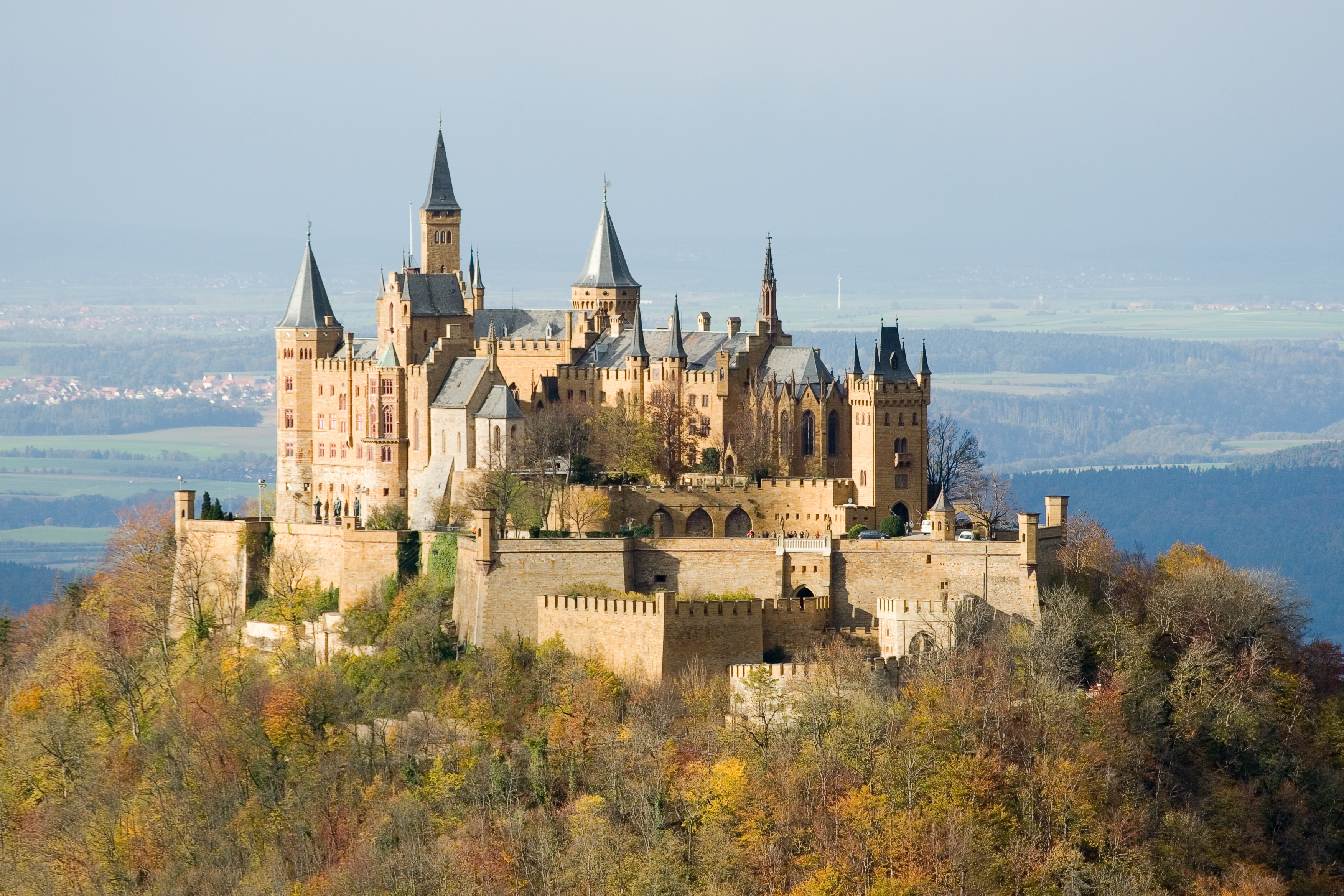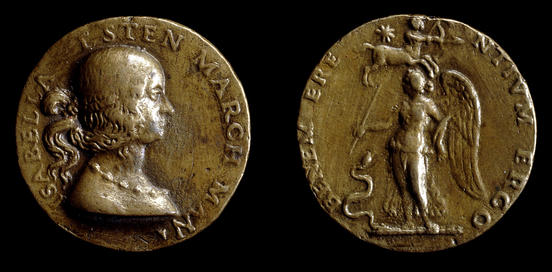|
Ladies Merit Cross
The Ladies Merit Cross (''Frauenverdienstkreuz'') was founded on 22 October 1907 by William II, German Emperor, King William II of Prussia as a two-class Ladies Order and to reward women and young women, who worked in the field of charity, or in a religious or social field, who rendered outstanding had personal self-sacrificing service. The award was ranked just behind the Order of Louise. To be awarded the first class, a member must have held the second class for ten years. In exceptional cases, this requirement could be waived. The insignia were returnable upon death. Description of the award The badge is made of gold in the first class and of silver for the second class medallion. In the center is a cross fleury with stylized cornflowers between the arms of the cross. The medallion is framed by a string of pearls and is surmounted by a crown. On the edge of the medallion is the blue enameled inscription FÜR VERDIENSTE (For Merit). On the lower half of the edge are laurel bran ... [...More Info...] [...Related Items...] OR: [Wikipedia] [Google] [Baidu] |
Royal Order Of Victoria And Albert - Ribbon Bar
Royal may refer to: People * Royal (name), a list of people with either the surname or given name * A member of a royal family or royalty Places United States * Royal, Arkansas, an unincorporated community * Royal, Illinois, a village * Royal, Iowa, a city * Royal, Missouri, an unincorporated community * Royal, Nebraska, a village * Royal, Franklin County, North Carolina, an unincorporated area * Royal, Utah, a ghost town * Royal, West Virginia, an unincorporated community * Royal Gorge, on the Arkansas River in Colorado * Royal Township (other) Elsewhere * Mount Royal, a hill in Montreal, Canada * Royal Canal, Dublin, Ireland * Royal National Park, New South Wales, Australia Arts, entertainment, and media * ''Royal'' (Jesse Royal album), 2021 * Royal (Ayo album), 2020 * ''The Royal'', a British medical drama television series * ''The Royal Magazine'', a monthly British literary magazine published between 1898 and 1939 * ''The Raja Saab'', working title ''Royal'', a ... [...More Info...] [...Related Items...] OR: [Wikipedia] [Google] [Baidu] |
House Of Hohenzollern
The House of Hohenzollern (, ; , ; ) is a formerly royal (and from 1871 to 1918, imperial) German dynasty whose members were variously princes, Prince-elector, electors, kings and emperors of Hohenzollern Castle, Hohenzollern, Margraviate of Brandenburg, Brandenburg, Prussia, the German Empire, and Kingdom of Romania, Romania. The family came from the area around the town of Hechingen in Swabia during the late 11th century and took their name from Hohenzollern Castle. The first ancestors of the Hohenzollerns were mentioned in 1061. The Hohenzollern family split into two branches, the Catholic Church, Catholic Swabian branch and the Protestantism, Protestant Burgraviate of Nuremberg#List of burgraves, Franconian branch,''Genealogisches Handbuch des Adels, Fürstliche Häuser'' XIX. "Haus Hohenzollern". C.A. Starke Verlag, 2011, pp. 30–33. . which ruled the Burgraviate of Nuremberg and later became the Brandenburg-Prussian branch. The Swabian branch ruled the principalities of Hoh ... [...More Info...] [...Related Items...] OR: [Wikipedia] [Google] [Baidu] |
Wilhelm II, German Emperor
Wilhelm II (Friedrich Wilhelm Viktor Albert; 27 January 18594 June 1941) was the last German Emperor and King of Prussia from 1888 until his abdication in 1918, which marked the end of the German Empire as well as the Hohenzollern dynasty's 300-year rule of Prussia. Born during the reign of his granduncle Frederick William IV of Prussia, Wilhelm was the son of Prince Frederick William and Victoria, Princess Royal. Through his mother, he was the eldest of the 42 grandchildren of Queen Victoria of the United Kingdom. In March 1888, Wilhelm's father, Frederick William, ascended the German and Prussian thrones as Frederick III. Frederick died just 99 days later, and his son succeeded him as Wilhelm II. In March 1890, the young Kaiser dismissed longtime Chancellor Otto von Bismarck and assumed direct control over his nation's policies, embarking on a bellicose "New Course" to cement Germany's status as a leading world power. Over the course of his reign, the German colonial ... [...More Info...] [...Related Items...] OR: [Wikipedia] [Google] [Baidu] |
Augusta Victoria Of Schleswig-Holstein
Augusta Viktoria of Schleswig-Holstein (Auguste Viktoria Friederike Luise Feodora Jenny; 22 October 1858 – 11 April 1921) was the last German Empress and Queen of Prussia by marriage to Wilhelm II, German Emperor. Biography Early life and family Augusta Victoria was born at Dolzig Castle, the eldest daughter of Frederick VIII, Duke of Schleswig-Holstein, Frederick VIII, future Duke of List of rulers of Schleswig-Holstein, Schleswig-Holstein-Sonderburg-Augustenburg, and Princess Adelheid of Hohenlohe-Langenburg, a niece of Queen Victoria, through Victoria's half-sister Princess Feodora of Leiningen, Feodora. She grew up at Dolzig until the death of her grandfather, Christian August II, Duke of Schleswig-Holstein-Sonderburg-Augustenburg, in 1869. The family then moved to :File:Schloss_Primkenau_Sammlung_Duncker.jpg, Castle Primkenau and the estate her father had inherited. She was known within her family as ''Dona''. Crown Princess On 27 February 1881, Augusta married her ha ... [...More Info...] [...Related Items...] OR: [Wikipedia] [Google] [Baidu] |
Het Pruisische Frauenverdienstkreuz In Goud Aan Strik
Het or HET may refer to: Science and technology * Hall-effect thruster, a type of ion thruster used for spacecraft propulsion * Heavy Equipment Transporter, a vehicle in the US Army's Heavy Equipment Transport System * Hobby–Eberly Telescope, an instrument at the University of Texas McDonald Observatory * Human enhancement Technologies, devices for enhancing the abilities of human beings * Heterozygote, a diploid organism with differing alleles at a genetic locus; see zygosity * Hexaethyl tetraphosphate, in chemistry * HET acid, alternate term for Chlorendic acid Other uses * Hét, a village in Hungary * Het peoples, or their language * Heterosexuality, sexual attraction to the opposite sex * ''HighEnd Teen'' (2008–2017), a former Indonesian magazine * Historical Enquiries Team (2005–2014), a former unit of the Police Service of Northern Ireland * Holocaust Educational Trust, a British charity * HET, IATA code for Hohhot Baita International Airport, in Inner Mongolia, China ... [...More Info...] [...Related Items...] OR: [Wikipedia] [Google] [Baidu] |
William II, German Emperor
Wilhelm II (Friedrich Wilhelm Viktor Albert; 27 January 18594 June 1941) was the last German Emperor and King of Prussia from 1888 until Abdication of Wilhelm II, his abdication in 1918, which marked the end of the German Empire as well as the House of Hohenzollern, Hohenzollern dynasty's 300-year rule of Prussia. Born during the reign of his granduncle Frederick William IV of Prussia, Wilhelm was the son of Frederick III, German Emperor, Prince Frederick William and Victoria, Princess Royal. Through his mother, he was the Descendants of Queen Victoria, eldest of the 42 grandchildren of Queen Victoria of the United Kingdom. In March 1888, Wilhelm's father, Frederick William, ascended the German and Prussian thrones as Frederick III. Frederick died just 99 days later, and his son succeeded him as Wilhelm II. In March 1890, the young Kaiser dismissed longtime Chancellor Otto von Bismarck and assumed direct control over his nation's policies, embarking on a bellicose "New Course ... [...More Info...] [...Related Items...] OR: [Wikipedia] [Google] [Baidu] |
Ladies Order
Orders of chivalry for women, orders of knighthood for women or ladies orders are orders of chivalry reserved solely for women. These knighthoods for women made their first appearance in 1600, and have been less numerous than traditional knighthoods reserved for men. Though many kingdoms, such as Great Britain or the Netherlands, allow both men and women to be invested with the same orders of knighthood, orders in other kingdoms were exclusive for men. Several of these kingdoms eventually established orders for the exclusive membership of women. Tradition frequently called upon the reigning queen or empress, queen or empress consort to serve as the Grand Mistress of their respective all-female, royal or imperial orders. In other cases, the king or emperor is the sole male member of the order, acting in his role as the sovereign or master of all orders established and conferred within his kingdom or empire. A high number of female orders existed in Germany, Austria and Russia. ... [...More Info...] [...Related Items...] OR: [Wikipedia] [Google] [Baidu] |
Order Of Louise
The Order of Louise (German: ''Luisen-Orden'') was founded on 3 August 1814 by Frederick William III of Prussia to honor his late wife, the much beloved Luise von Mecklenburg-Strelitz, Queen Louise (''née Luise Auguste Wilhelmine Amalie, Herzogin zu Mecklenburg-Strelitz''). This order was chivalric in nature, but was intended strictly for women whose service to Prussia was worthy of such high national recognition. Its dame companion members were limited to 100 in number, and were intended to be drawn from all classes. Though the Prussian king was technically the "Sovereign of the Orders" of the realm, the Chief of the Order of Louise was the reigning queen. Daughters in the royal family were invested with this order ''in lieu'' of the Order of the Black Eagle, Order of the Red Eagle Grand Cross, Prussian Crown Order First Class, and House Order of Hohenzollern, Royal House Order of Hohenzollern that were reserved for the sons. The Order of Louise was renewed with each successive ... [...More Info...] [...Related Items...] OR: [Wikipedia] [Google] [Baidu] |
Cross Fleury
A cross fleury (or flory) is a cross adorned at the ends with flowers in heraldry. It generally contains the fleur-de-lis, trefoils, etc. Synonyms or minor variants include ''fleuretty'', ''fleuronny'', ''floriated'' and ''flourished''. In early armory, it is not consistently distinguished from the '' cross patonce''. See also * Charge (heraldry) * Cross A cross is a religious symbol consisting of two Intersection (set theory), intersecting Line (geometry), lines, usually perpendicular to each other. The lines usually run vertically and horizontally. A cross of oblique lines, in the shape of t ... References {{DEFAULTSORT:Cross Fleury Fleury ... [...More Info...] [...Related Items...] OR: [Wikipedia] [Google] [Baidu] |
Cornflowers
''Centaurea cyanus'', commonly known as cornflower or bachelor's button (among other names), is an annual flowering plant in the family Asteraceae native to Europe. In the past, it often grew as a weed in cornfields (in the broad sense of "corn", referring to grains, such as wheat, barley, rye, or oats), hence its name. It is now endangered in its native habitat by agricultural intensification, particularly by over-use of herbicides. However, ''Centaurea cyanus'' is now also naturalised in many other parts of the world, including North America and parts of Australia through introduction as an ornamental plant in gardens and as a seed contaminant in crop seeds. Description ''Centaurea cyanus'' is an annual plant growing to tall, with grey-green branched stems. The leaves are lanceolate and long. The flowers are most commonly an intense blue colour and arranged in flowerheads (capitula) of 1.5–3 cm diameter, with a ring of a few large, spreading ray florets surroundin ... [...More Info...] [...Related Items...] OR: [Wikipedia] [Google] [Baidu] |
Medallion
A medal or medallion is a small portable artistic object, a thin disc, normally of metal, carrying a design, usually on both sides. They typically have a commemorative purpose of some kind, and many are presented as awards. They may be intended to be worn, suspended from clothing or jewellery in some way, although this has not always been the case. They may be struck like a coin by dies or die-cast in a mould. A medal may be awarded to a person or organisation as a form of recognition for sporting, military, scientific, cultural, academic, or various other achievements. Military awards and decorations are more precise terms for certain types of state decoration. Medals may also be created for sale to commemorate particular individuals or events, or as works of artistic expression in their own right. In the past, medals commissioned for an individual, typically with their portrait, were often used as a form of diplomatic or personal gift, with no sense of being an award fo ... [...More Info...] [...Related Items...] OR: [Wikipedia] [Google] [Baidu] |






